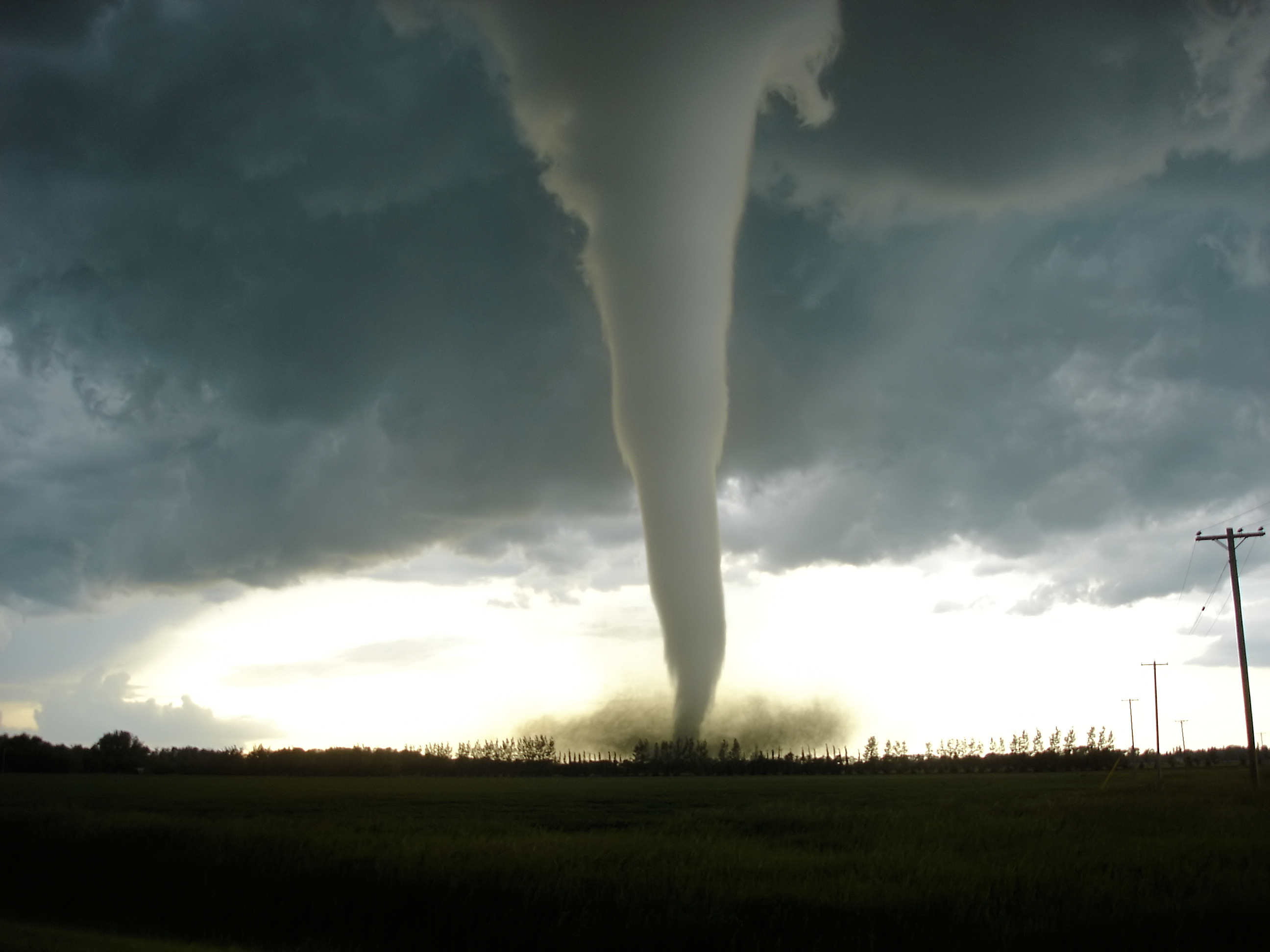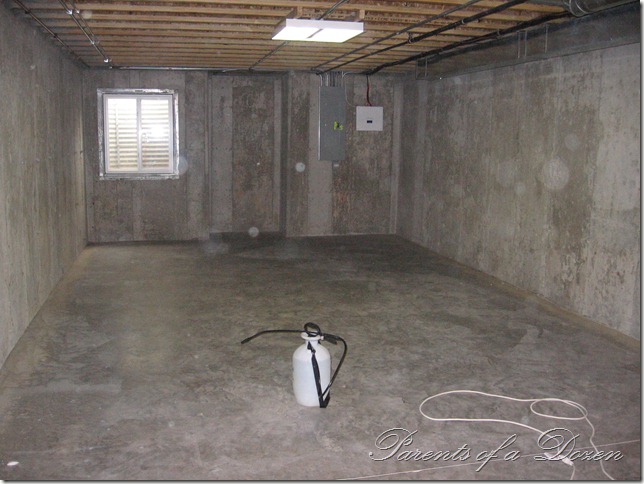My mother was in the deadly Tupelo tornado in 1936. She wasn’t injured, but over 700 people were. And well over 200 more died. She often recalled the people yelling for help when none was available. Hearing her tell stories about the aftermath is one reason I became so interested in disaster- and survival-medicine. I learned tornado safety tips early.
I remember very often sitting up with my family as a child at night, away from the windows, as the thunder shook. Once I even heard the signature freight-train sound go over my house. That tornado touched down and destroyed a gymnasium a few miles away.
I’ve experienced the energy in the air when conditions for a tornado are ripe, the fear of waiting with the sky so dark you couldn’t possibly see it coming, and the aftermath. I’ve had friends killed in the midst of the devastation.
So the recent tornadoes in the South really hit home. You may have seen Tupelo in particular all over the news. In addition to growing up in Pontotoc, about 18 miles west of Tupelo, I later lived in Tupelo and practiced medicine in and around there for a number of years.
But tornadoes can occur pretty well everywhere. A few years back there was one at 10,000 feet in the Tetons near Jackson, Wyoming. So even if you don’t live in tornado alley it only takes one in the right place to reap destruction. And you may occasionally travel into areas of the South and Midwest where they’re much more frequent.
Either way, I think it’s good to know a few of the basics about surviving one. As the phone woman says on the company recording, (paraphrase) “Some information has recently changed, so pay attention.”
3 Top Tornado Safety Tips
1. Heed the weather people. Usually, before a tornado hits, local radio and television announcers will give you a “watch” about weather conditions. Although that doesn’t mean a tornado is necessarily going to touch down, take the announcement seriously. A tornado watch means conditions are ripe for a tornado. A “warning” means it’s on the ground: Take cover immediately.
2. Don’t depend on tornado sirens. I know firsthand you can’t depend on sirens for much advance notice. Many times the tornado is unseen and unheard until it’s on you. I think keeping a battery-operated weather radio on your shelf, which will warn you of any impending disasters, is a good idea. And pack a small one for trips.
3. Get inside. Debris coming at you from over 100 miles an hour is the danger, so you don’t want to be outside. Take cover in a building, and proceed to an inner room without windows. A basement is ideal. Another option is to get in a tub and cover yourself with blankets or a mattress.
Updated Tornado Safety Tips
Every year, in the midst of the horror, we learn new things about protection—what helps and what we thought would help but doesn’t. So here’s what may have changed from your last update:
1. Close the windows. It used to be the prevailing wisdom to open windows—that the house could explode from the inside if the pressure difference between the interior and exterior became extreme. That’s no longer thought to be the danger, compared to debris flying through open windows.
2. Consider a helmet. Another slight controversy is the use of helmets. Since about 20 percent of severe injuries from a tornado include the head, it was thought, but not proven, that helmets could help. Others thought that since tornadoes usually caused so many multiple injuries, helmets didn’t help that much. Studies on recent tornadoes have shown that people wearing helmets fared better.
3. Don’t trust bridges. It’s no longer thought that if you’re outside, taking cover under a bridge is a smart idea. Recent experience has shown it’s not very safe. Many people have been severely injured by blowing debris when taking this kind of cover. The prevailing wisdom is no outside area is really safe. Try, try, try to take cover in a sturdy shelter. If that’s impossible, lie down in a depressed area like a ditch and put your hands over your head.
4. Don’t (necessarily) trust an engine. Trying to outdrive a tornado is usually not a good idea, although some organizations still recommend it. Of course never drive toward it, and I guess driving away from it might be your best bet if you see the tornado from a distance, but it’s pretty impossible to predict the direction changes. So, if the tornado is close, get out and run for a sturdy shelter if one is around. If you have to stay in your car, keep your seatbelt buckled, and try to get below windshield level. Cover your head with whatever is available.
What about you? Can you add any precautions? Have you ever experienced, been close to, or been in a tornado? Or seen the aftermath?




